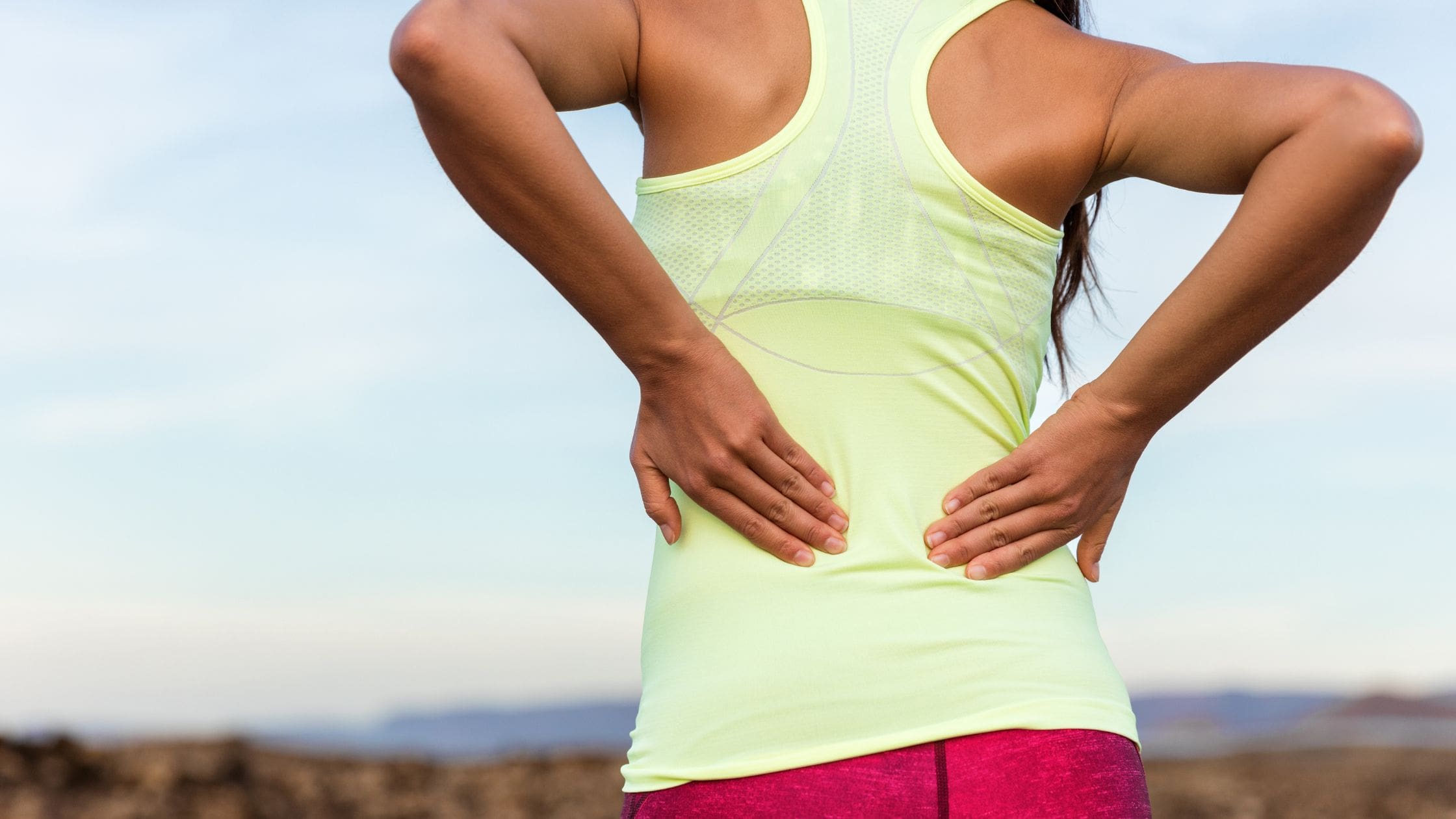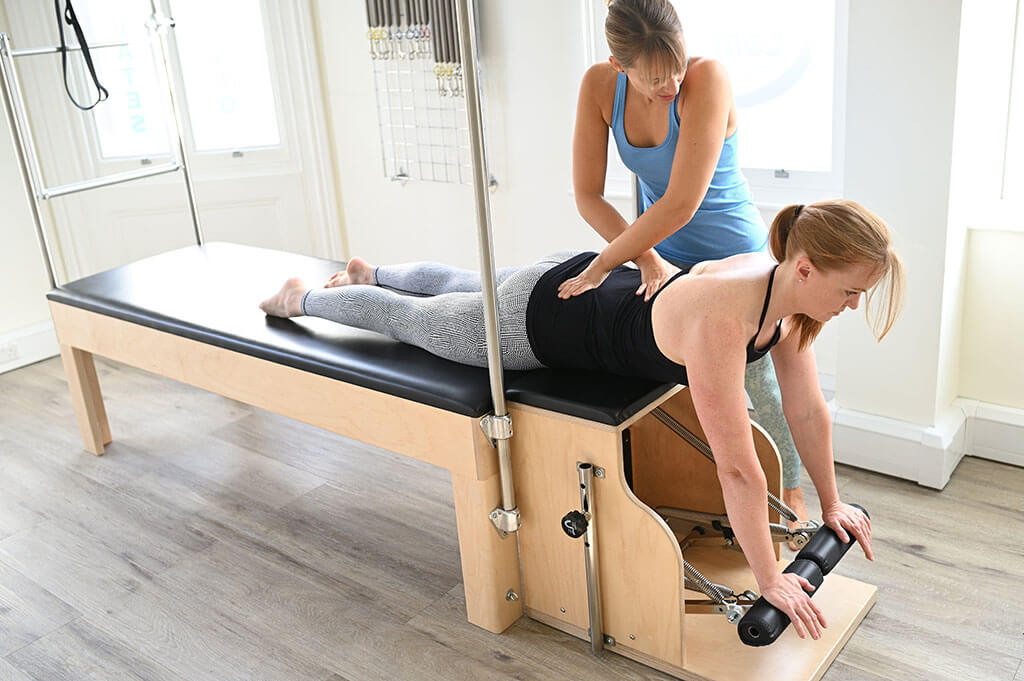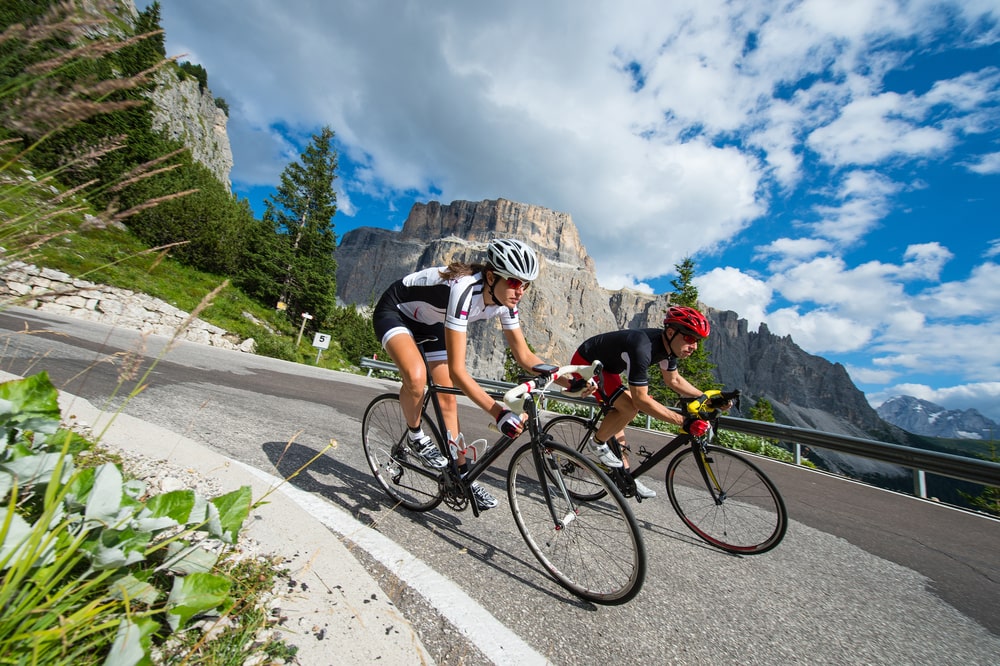Today we are looking at how Pilates can be beneficial if you are suffering from Parkinson’s disease.
Pilates is a form of exercise originally created by Joseph Pilates in the early 20th Century. However, over the years it has evolved significantly and is accessible for anyone! It is also now used a lot in rehabilitation for illness or injury.
Pilates uses relatively slow paced movements on the mat or on equipment, and encourages someone to use the most efficient patterns of movement and alignment throughout the body.
Parkinson’s is the second most common neurodegenerative disease in the world. Although Parkinson’s is most commonly associated with older adults, 15% of people diagnosed are actually under 50, and in rare cases, even in their 20’s!
At the moment we are not 100% sure what causes Parkinson’s, but we do know that it manifests in the dying of nerve cells in the brain that are involved with the production of dopamine, and in turn the control of movement.
The symptoms you may experience can vary greatly from person to person, but the main symptoms are a tremor, stiffness and slowness of movement. The biggest difficulty most people face is the movement dysfunction these symptoms cause which overtime can limit your independence.
Unfortunately, we do know that the symptoms will worsen overtime. However, some treatments, including Pilates, can help improve your quality of life and slow down the development of symptoms associated with Parkinson’s disease.
At the moment, the research available regarding the benefits of Pilates for people with Parkinson’s is limited. However, some research into the use of Pilates for people with Parkinson’s has shown that the “increases in the strength of the lower limbs and in functional autonomy will translate into improvements in functional mobility, allowing them to face daily activities with greater safety and efficiency”. Evidence even suggests that “its benefits on lower-body function appear to be superior to those of other conventional exercises” (Suárez-Iglesias, et al)
In this article, we’ll be focusing on how Pilates and Parkinson’s can work harmoniously together to help individuals manage and reduce the development of symptoms.
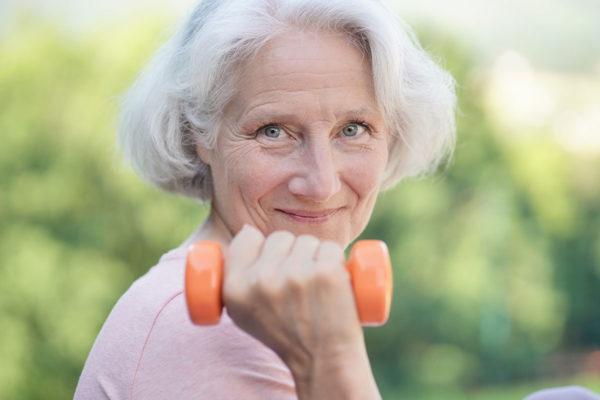
How might Pilates benefit Parkinson’s Disease?
Pilates is an incredibly versatile activity and can be approached from lots of different angles depending on the goal.
With Parkinson’s, the most important aspect of Pilates is its impact on your nervous system.
Pilates is often more about how you do something, rather than just what you do. It requires you to focus on how you move, which in itself can help you to have a better control of movements as your symptoms develop. The reason for this is that we work with neuromuscular control techniques, affecting not just strength but also the nervous system itself and how it controls your movements.
Traditionally Pilates is seen as developing the core, or “power house”, but a more modern understanding shows that it helps to develop strength and effective activation of the local and global stabilisers, not just around the spine but at each joint. This helps with spinal and pelvic alignment and posture in general, but also plays a major factor in developing a greater control over your movement.
Related reading: Pilates for older people: the benefits
We know that stiffness and rigidity of movement are some of the biggest symptoms of Parkinson’s. The emphasis on using your full range of motion in Pilates is a huge benefit as your symptoms develop. This isn’t about getting you to do the splits, but rather to help you to maintain as much mobility and flexibility throughout your body as possible. Breathing is also central to the practice of Pilates and so provides great additional support in promoting relaxation.

Falls can become an increasing risk and serious concern as the symptoms of Parkinson’s disease develop. Improving your balance, body awareness and control of movement can help reduce falls, but also help with reducing the impact of falls on your life should they happen. Because of this, it should be a key element of your programme. Four studies comparing balance before and after Pilates treatments, found significant improvements showing just how much Pilates can help.
Basically, Pilates will help improve your strength, mobility, balance, control of movement and posture so leads to a huge positive effect on your quality of life as a whole.
And the best thing about Pilates is that it is an accessible and safe activity for you to do from the development of your symptoms and even as they progress! The earlier you start after your diagnosis the better so that you can learn these skills! Once you understand the principles, know the basics and have a programme which meets your goals, you can easily do it at home!
Obviously, the ideal programme varies from person to person, just as symptoms. However, some key things to include in your Pilates programme if you have Parkinsons include:
- Neuromuscular control of movement: moving slowly with consideration
- Strength: around your entire body
- Mobility: to keep your range of motion
- Coordination: to encourage your limbs to continue to work independently
- Balance to help you prevent falls
- Goal setting: so you know what you want to achieve!
At Complete, we always recommend having a goal in mind as it helps you stay focused, and with Parkinson’s this becomes even more important.
Earlier we spoke about dopamine. This is actually linked to our ‘reward system’. This means that every time you feel the reward associated with achieving a goal, your brain releases some dopamine.
Unfortunately, we know that this ability will decline so making it as active and strong as possible will help slow the development of your symptoms!
Goals can be anything from learning a new exercise or mastering one, but they can also be small goals spread out throughout the day. They should be small enough that you often achieve them, but meaningful enough to you that they activate the reward system and make a difference in your life that you can recognise!
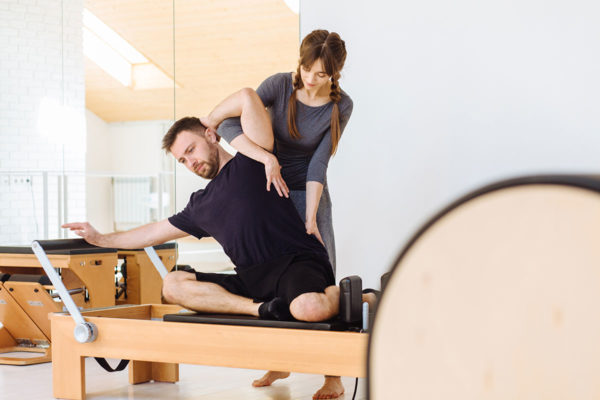
Is Pilates Safe?
In short yes, with the right person!
How safe you feel and whether you think something is achievable is a really common concern if you have Parkinson’s.
When done with the right instructor, Pilates has a very low injury risk and in addition, the exercises should be tailored to you which makes it accessible for anyone, of any ability, at any stage of life.
For example, if falls are your main concern, we can tailor each Pilates session to help build your confidence so that you can move and get stronger without feeling unsteady or at risk. This could mean using the support of the equipment, staying on floor, or finding support during balance work. You also do not need to get on and off the floor which is a big positive if you are struggling with that movement.
As with any form of exercise, it’s worth speaking with your doctor and researching who to see and who would be the best person for you to work with. Since COVID, this is much easier as you can work with someone in a different city, or even part of the world to you!
There are lots of different approaches and schools of thoughts around Pilates as well as from large group classes to private sessions. Finding something, and someone which works for you is key. It is also important that someone has the right qualifications so do not be afraid to ask questions!
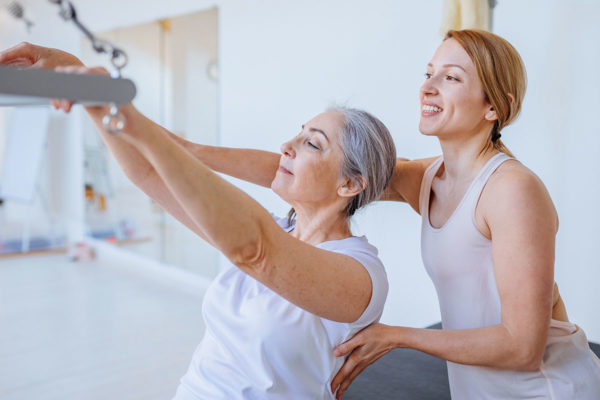
How is Pilates taught?
Pilates has gained more exposure in recent years, but it doesn’t always have to be what you see on social media! We also know that the variety in the way it is taught can be a little confusing as well as a little daunting!
The approach mostly used in fitness generally centres on larger groups and mostly using a mat or reformer, and focuses on global strength workouts.
At Complete Pilates, we focus more on rehabilitation and offer physio led face to face or online 1:1 Pilates classes, which are tailored specifically for you and your needs. In the studio, we use all equipment including the reformer, trapeze table (or cadillac), ladder barrel and Pilates chair.
The use of the equipment is amazing as it can offer you resistance, but importantly, assistance! As a result, you can feel safer and also achieve more! Working as a 1:1 will ensure you get what you need which is more likely to help you move into group classes and still be moving well!
Our goal is to help you to achieve a better quality of life, whatever this means to you, and we know just how much we can do this because we’ve seen it happen!
As well as your own experience of your symptoms and your goals, your personal circumstances will also of course be a factor in choosing the right option for you: your ability to get to a studio, your availability and your financial situation will all be aspects to be taken into consideration.
How Complete Pilates can help people with Parkinson’s Disease?
Here at Complete Pilates we have lots of options for you to choose from including:
Most importantly, we are more than happy to give you a call and talk about what you may need simply get in touch! We are happy to help you decide which option might be best for you at this moment in time based on symptoms and personal circumstances!
Benefits of Pilates in Parkinson’s Disease: A Systematic Review and Meta-Analysis. Suárez-Iglesias, Miller, Seijo-Martínez, Ayán
Pilates.com: Pilates for people with Parkinsons disease
Education is key:
These blogs are designed to give information to everyone, however, it is important to remember that everyone is different! If you have not seen one of our therapists and have any questions about injuries, what you have read or whether this may be useful to you, please just ask. We are more than happy to help anyone and point you in the right direction. Our biggest belief is that education is key. The more you understand about your injury, illness and movement, the more you are likely to improve.



